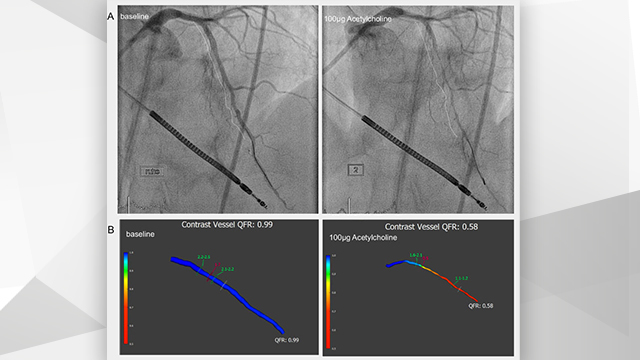361 results
Hot line on PCI: high bleeding risk and DAPT - part 1
26 Jun 2020 – From PCR e-Course 2020
Watch a series of Hot Lines on high bleeding risk and DAPT presented during the PCR e-Course 2020, followed by an analysis of the results and their impact on your practice: ARC-HBR, MODEL U-SES, Onyx ONE trials.
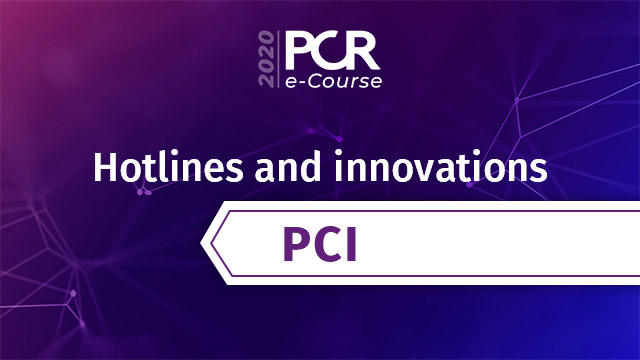
CT guidance for coronary interventions - PCR e-Course 2020 Hot lines
26 Jun 2020 – From PCR e-Course 2020
Watch a series of Hot Lines on CT-guidance for PCI presented during the PCR e-Course 2020, followed by an analysis of the results and their impact on your practice: CT-FFR CHINA, CAST-FFR, CT-QFR vs. myocardial perfusion imaging, CT-CTO trial, CCTA for optimal fluoroscopic coronary projections.
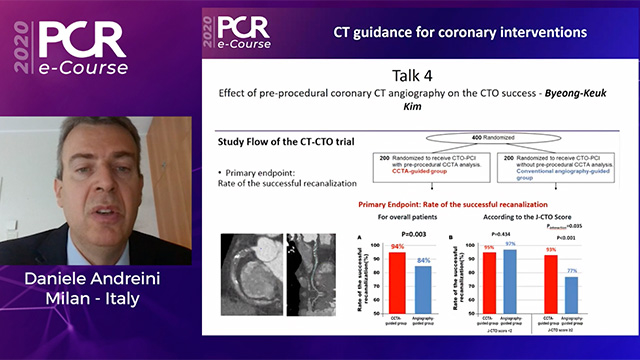
Aspirin vs. P2Y12 monotherapy in Onyx-1
26 Jun 2020 – From PCR e-Course 2020
Watch this session if you want to review the highlights of the Onyx ONE Month DAPT Program and to listen to commentary on the SAPT late breaker sub-analysis comparing the safety and efficacy of administering aspirin vs. P2Y12 inhibitor.
Videos included on this page: the Hot Line...

Abstracts on Stable CAD - PCR e-Course 2020
25 Jun 2020 – From PCR e-Course 2020
View a selection of abstracts from PCR e-Course 2020 on the topic of Stable CAD:
- Safety and effectiveness of lithotripsy in calcified eccentric coronary lesions
- Constant resistance ratio of a pressure microcatheter validated using iFR
- Virtual stenting algorithm from FFR pullback: a proof of concept study
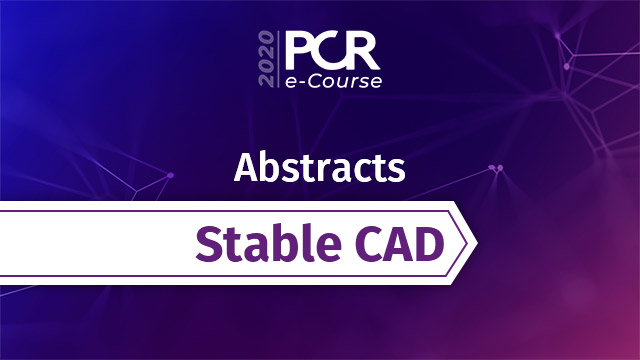
Case Based Learning for the Heart Team: coronary artery disease in TAVI patients
25 Jun 2020 – From PCR e-Course 2020
Watch this case discussion to understand the practical implications of coronary artery disease in TAVI patients, to recognise different situations where this interaction directly impacts on clinical outcomes and to appreciate how to apply this information in your daily clinical practice.
This session was originally presented during...
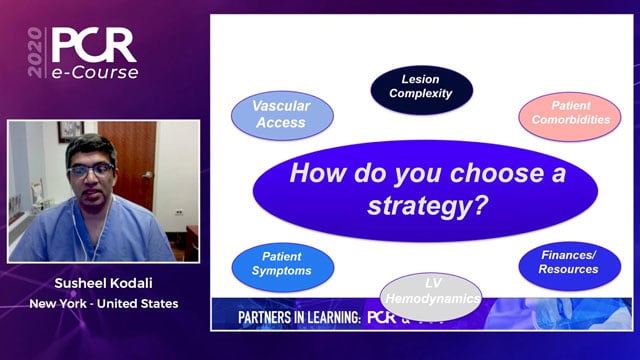
Hotlines and innovations on stable CAD - PCR e-Course 2020
25 Jun 2020 – From PCR e-Course 2020
View a selection of hot lines from PCR e-Course 2020 on the topic of stable CAD:
- ANGIE trial
- Prevention of AKI with sodium bicarbonate
- AI-based plaque characterisation

Last frontiers in treatment of high bleeding risk patients
Watch this session if you want to learn from experts the complexity of HBR patients, to discover newest data on DAPT in this population and to get a first-hand update on upcoming major development in DAPT for HBR patients.
Speaker: Davide Capodanno
This interview supported by Terumo was...

FFR wires passé? Rethinking the physiological assessment of coronary artery disease
25 Jun 2020 – From PCR e-Course 2020
Watch this session if you want to identify hemodynamic relevance of intermediate coronary lesions with highest diagnostic accuracy to allow individualized therapy and to learn about the new technology of coronary angiography derived FFR & its clinical potential.
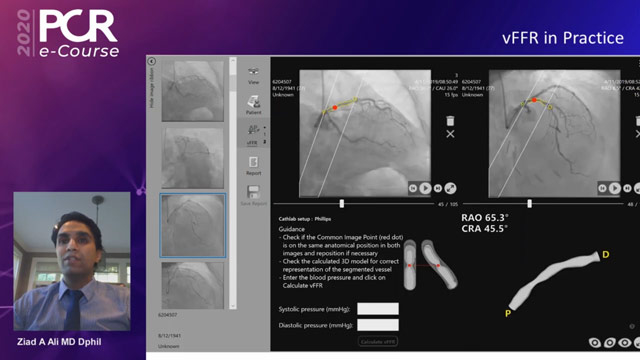
How to treat ostial lesions with Szabo’s technique?
28 May 2020
Szabo’s technique, also known as “tail-wire” technique, is one of the few specific ostial intervention techniques that can be helpful to achieve precise coverage of the ostium without excessive protrusion into the aorta or the respective main vessel... Discover the tips and solutions proposed by Felix...

Author

Author

Author

Author
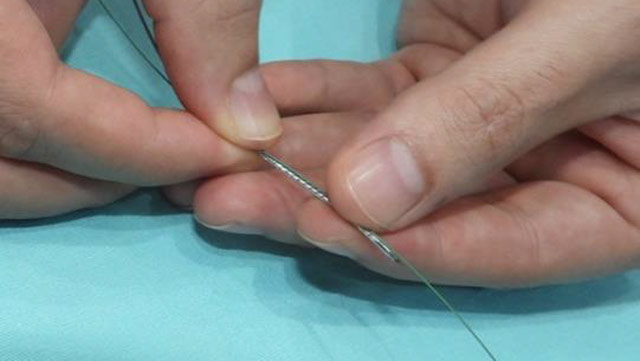
Angiography-based quantitative flow reserve in coronary vasospastic angina
03 Jun 2020
A 60-year-old woman with a history of cardiac arrest associated with MINOCA (myocardial infarction with no coronary artery disease) event in the territory of the left main artery, underwent coronary angiography for recurrent episodes of chest pain leading to 4 hospitalizations in the last 2 years...
